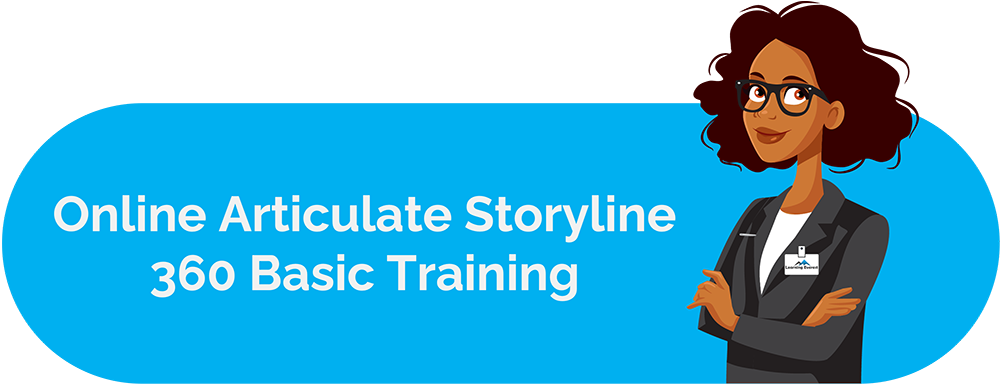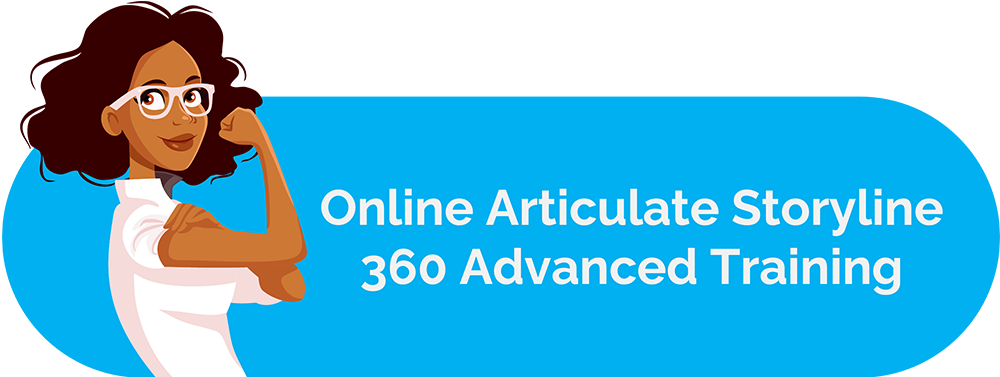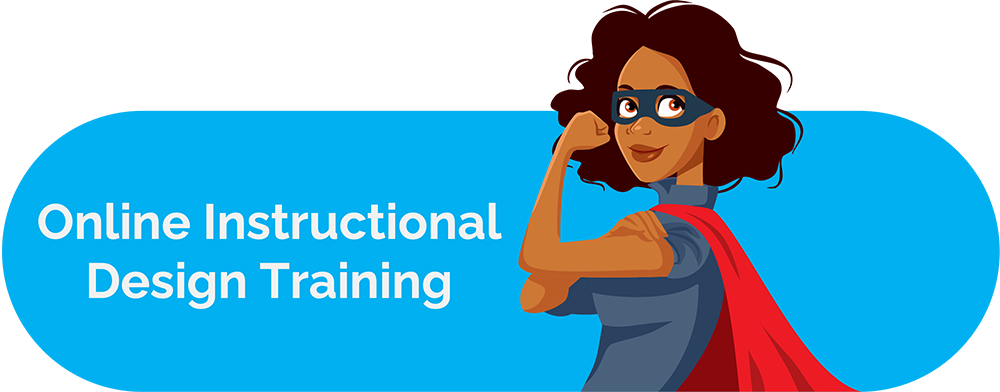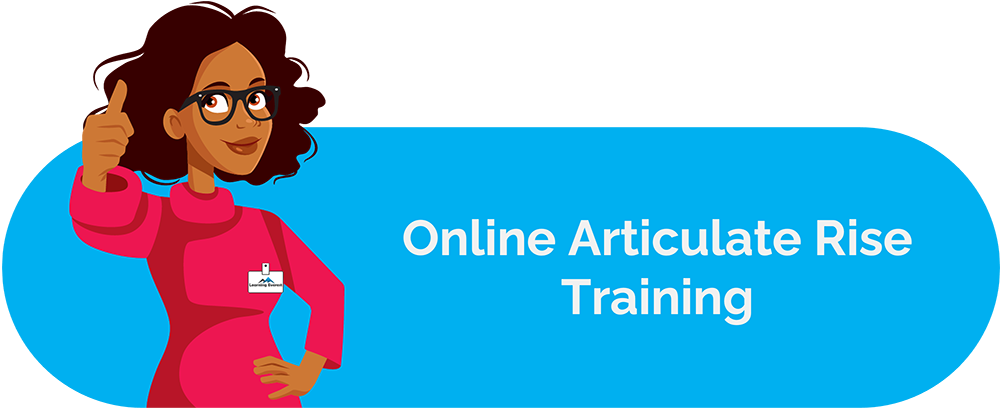Onboarding vs orientation are two key strategies for integrating new hires into an organization. Although the terms are often used interchangeably, they differ in their purpose and period building a welcoming atmosphere at the workplace.
Table of Contents
- Understanding the Definitions: Onboarding vs Orientation
- Locating the Differences: Onboarding vs Orientation
- Key benefits of Onboarding vs Orientation
- Conclusion
- Infographic
- Knowledge Check!
- Frequently Asked Questions (FAQs)
- What is onboarding?
- What are the differences between onboarding vs orientation?
- What are the benefits of onboarding vs orientation?
To know the major differences between onboarding vs orientation, the key benefits of incorporating both, and the best practices to be followed for smooth onboarding and orientation processes, keep reading!
Understanding the Definitions: Onboarding vs Orientation
Do you know that “one in every three new hires today will leave a job in the first 90 days?” (Source: Job Seeker Nation Report by Employ). Orientation refers to the introduction of a new hire to the new workplace by offering insights into the policies and culture of the organization and job roles. Onboarding is a more comprehensive process involving the new hires integrating seamlessly into the new role and taking a longer period to complete.
Locating the Differences: Onboarding vs Orientation
Onboarding is a strategic process that encompasses the orientation process and ensures that new employees feel valued and motivated to work. The processes differ in purpose, duration, scope, personalization, format, and content. Let’s analyze each of these differences in detail.
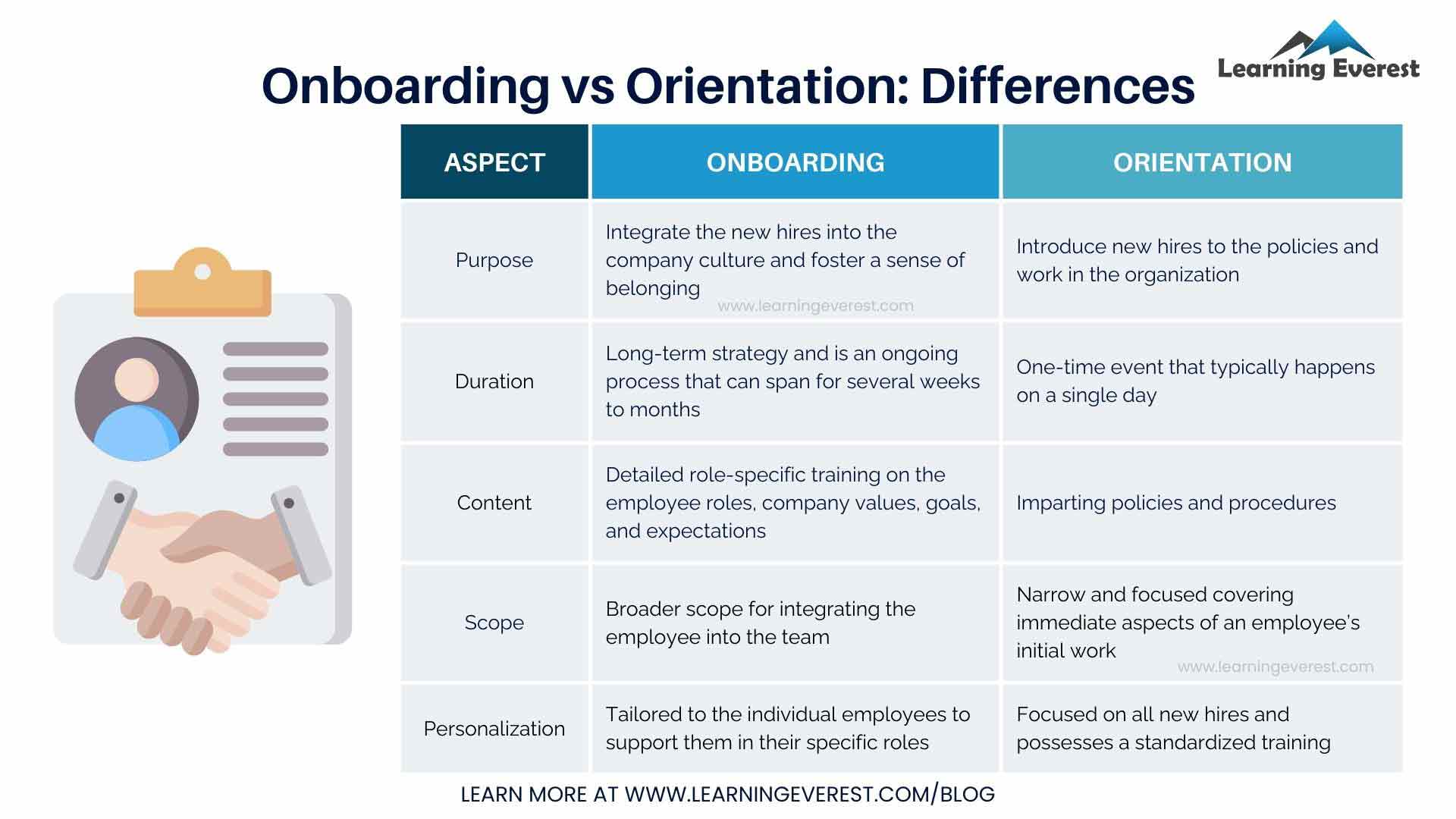
Onboarding vs Orientation – Differences
Onboarding vs Orientation Difference: 1. Purpose
The purpose of onboarding is to integrate the new hires into the company culture and foster a sense of belonging in them. Through onboarding, the employees get equipped with the tools and resources to excel in their roles and establish rapport with team members and leadership. On the other hand, orientation aims to introduce new hires to the policies and work in the organization and provide insights into its mission, vision, and history. Orientation is therefore a part of the broader onboarding process aptly depicted as “If onboarding represents an entire pie, orientation is but a slice of that pie.” (Source: Training Industry).
Onboarding vs Orientation Difference: 2. Duration
Onboarding is a long-term strategy and is an ongoing process that can span for several weeks to months aiming to completely integrate the employee into the organization. Orientation is a one-time event that typically happens on a single day offering employees immediate insights. However, statistics suggest that “only 43% of employees have an onboarding experience consisting of more than one-day orientation and a packet of information on benefits.” (Source: OC Tanner taken from enboarder).
Onboarding vs Orientation Difference: 3. Content
Onboarding and orientation differ in the content being imparted the basic focus of orientation is on imparting policies and procedures while onboarding includes detailed role-specific training on the employee roles, company values, goals, and expectations.
Onboarding vs Orientation Difference: 4. Scope
The scope of onboarding is broader as it integrates a wide range of activities for integrating the employee into the team and contributing to their career development. On the contrary, orientation is narrow and focused covering immediate aspects of an employee’s initial work and basic policies.
Onboarding vs Orientation Difference: 5. Personalization
Regarding personalization of the training experience, onboarding can be tailored to the individual employees to support them in their specific roles and take into consideration individual preferences, needs, and learning styles. Orientation is focused on all new hires and possesses a standardized training process designed for all employees across the organization.
Key benefits of Onboarding vs Orientation
Onboarding and orientation are beneficial to both the employees and the organization in preparing them to excel in the roles. According to a survey by BambooHR, “89% of employees who had an effective onboarding experience are engaged at work.” Apart from engagement, there are some critical benefits of onboarding and orientation. The experiences offer a supportive environment for the employees empowering them with elevated confidence.
Enhanced Employee Engagement
Onboarding and orientation enhance employee engagement by establishing a strong connection of employees with the team members, mentors, and leadership and by offering continuous support through feedback. The new hires feel valued and appreciated at the workplace encouraging them to stay engaged in performing their roles. An engaged employee dedicates their efforts and energy to improving the organization’s overall performance and possesses high morale. Enhanced employee engagement further leads to employee retention and reduced turnover.
Elevated Productivity
Orientation boosts employee productivity by introducing the new joiners with knowledge of policies and rules along with orienting the workplace tools and resources ensuring ease of stress and elevated productivity. In addition, onboarding offers employees role-specific training equipping them with support and continuous feedback, thereby instilling a sense of belongingness leading to excellence in their roles.
Increased Job Satisfaction
Onboarding and orientation processes increase job satisfaction of the employees by establishing good relationships and community and fostering a positive work environment. Moreover, employees are introduced to their role expectations and offered clarity on the organizational procedures enabling them to stay focused on their roles and increasing work satisfaction. In addition to the immediate support through orientation, the continuous long-term support through onboarding makes the employees feel valued and connected leading to higher job satisfaction.
Benefits Recruitment Marketing
Recruitment marketing is the strategy of attracting and engaging potential candidates to an organization as a desirable workplace. Organizations upholding the best orientation and onboarding processes create in potential hires the view that the company is supportive and employee-focused. Furthermore, these strategies project an inclusive and welcoming work environment attracting top-notch candidates from diverse backgrounds and increasing the likelihood of positive feedback about the organization.
Contributes to Employer Value Proposition
An Employer Value Proposition (EVP) is “the testament of the values, benefits, support, and company culture given by the company to its employees”. Onboarding and orientation play a significant role in shaping and reinforcing an organization’s EVP by offering a positive employee experience. These strategies create in new hires a positive impression of how the organization supports their career growth and development and ensures continuous support and work-life balance.
Faster Team Integration
The efficiency of every project depends on the extent of teamwork and collaboration through the effective sharing of perspectives and ideas. Onboarding and orientation facilitate relationship building of new hires with their colleagues, team members, and the leadership through team-building exercises fostering connection. It further highlights the vitality of teamwork and collaboration encouraging the employees to contribute to attaining shared organizational goals.
Conclusion
In conclusion, onboarding vs orientation are crucial strategies for integrating new hires into an organization but differ in their purpose, duration, content, and scope. The purpose of onboarding is to integrate the new hires into the company culture and foster a sense of belonging in them and spans a period of several weeks to months while orientation aims to introduce new hires to the policies and work in the organization and happens on a single day. The scope of onboarding is broader as it integrates a wide range of activities for integrating the employee into the team and that of orientation is narrow covering immediate aspects of an employee’s initial work.
Onboarding can be tailored to the individual employees to support them in their specific roles but orientation possesses a standardized training process designed for all employees. The key benefits of onboarding and orientation include enhanced employee engagement, elevated productivity, increased job satisfaction, contribution to recruitment marketing and employer value proposition, and faster team integration. It is recommended that organizations adopt good onboarding and orientation practices for attracting new hires to the company and raising brand value.
Infographic
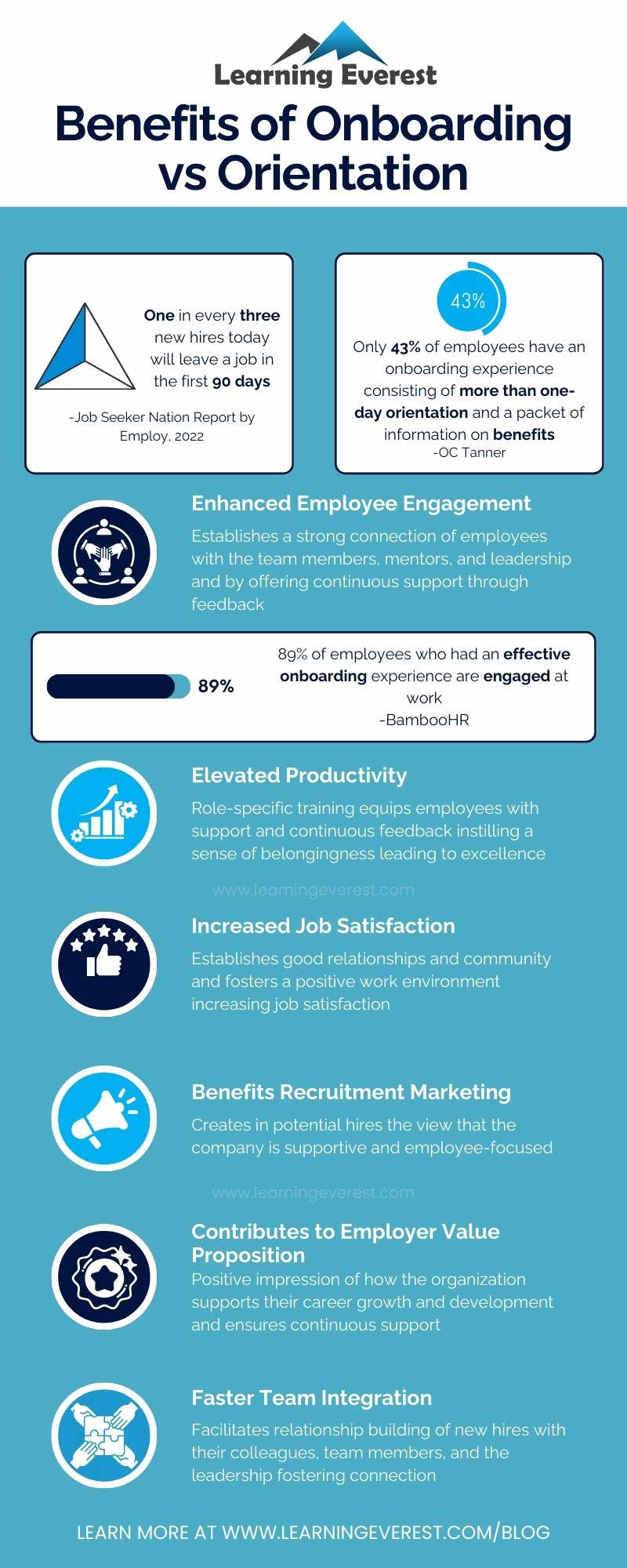
Benefits of Onboarding vs Orientation
Knowledge Check!
Frequently Asked Questions (FAQs)
What is onboarding?
Onboarding is a comprehensive process involving the new hires integrating seamlessly into the new role and taking a longer period to complete.
What are the differences between onboarding vs orientation?
Onboarding vs orientation are crucial strategies for integrating new hires into an organization but differ in their purpose, duration, content, and scope. The purpose of onboarding is to integrate the new hires into the company culture and foster a sense of belonging in them and spans a period of several weeks to months while orientation aims to introduce new hires to the policies and work in the organization and happens on a single day.
The scope of onboarding is broader as it integrates a wide range of activities for integrating the employee into the team and that of orientation is narrow covering immediate aspects of an employee’s initial work. Onboarding can be tailored to the individual employees to support them in their specific roles but orientation possesses a standardized training process designed for all employees.
What are the benefits of onboarding vs orientation?
The key benefits of onboarding and orientation include enhanced employee engagement, elevated productivity, increased job satisfaction, contribution to recruitment marketing and employer value proposition, and faster team integration.


